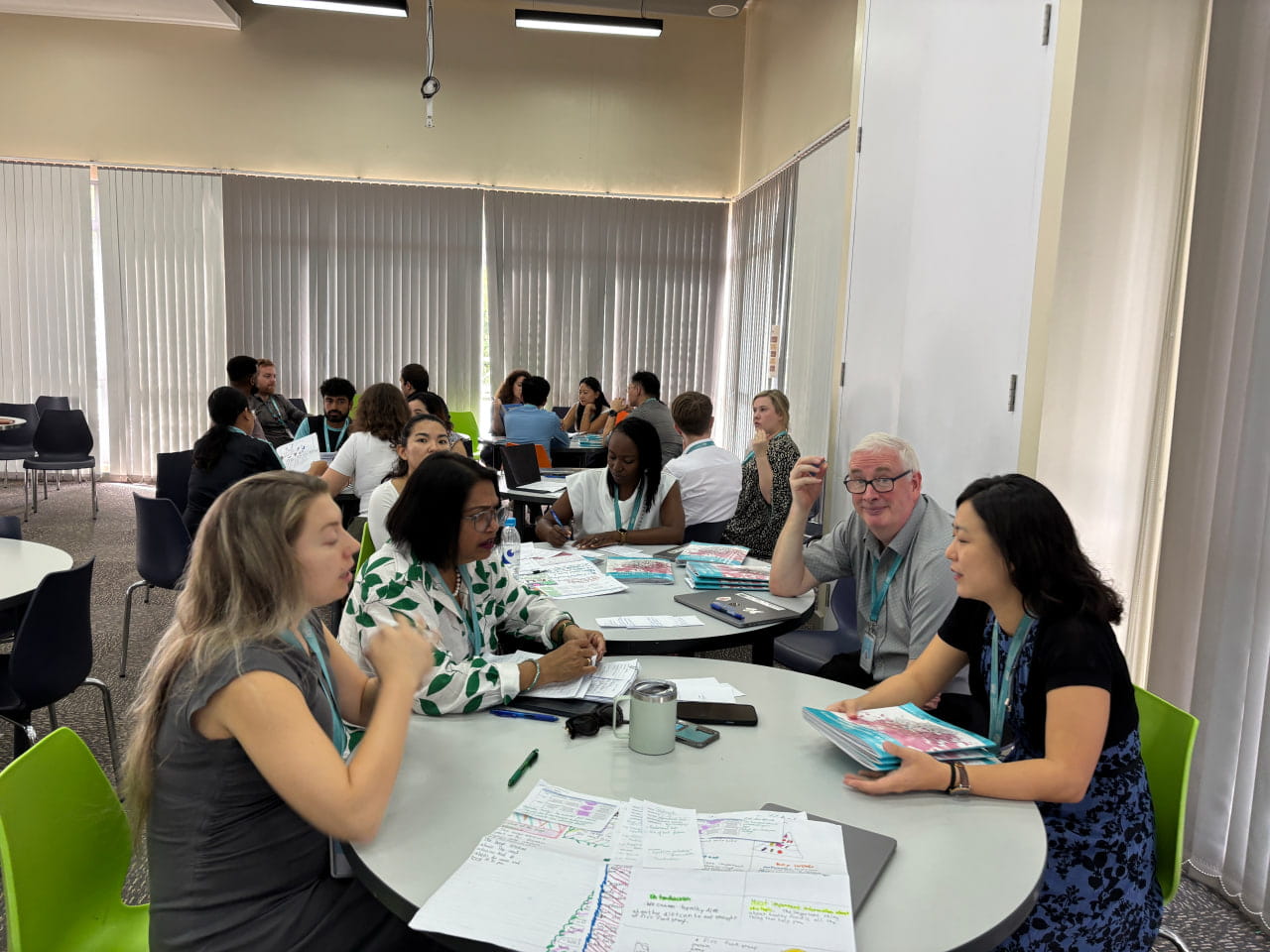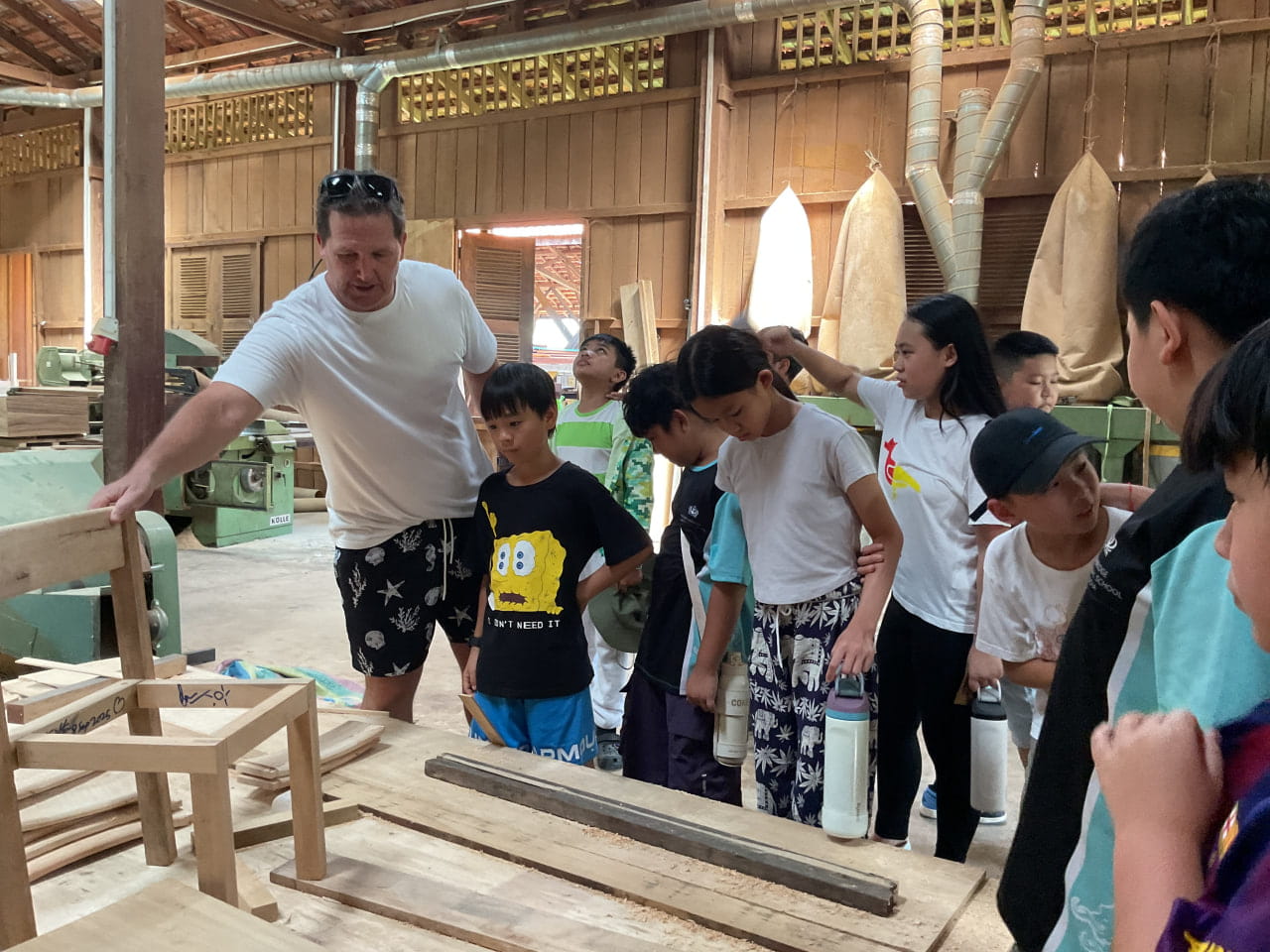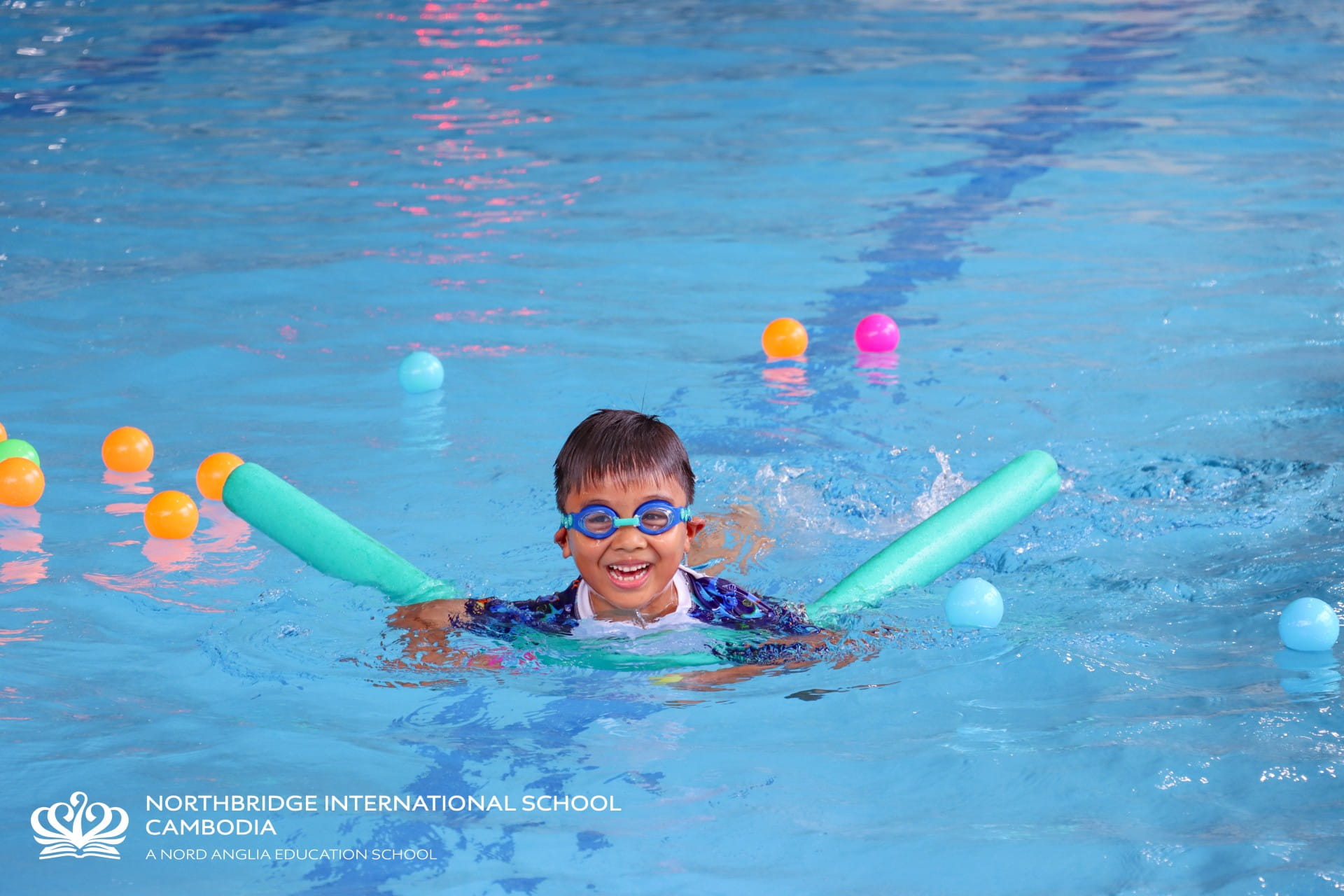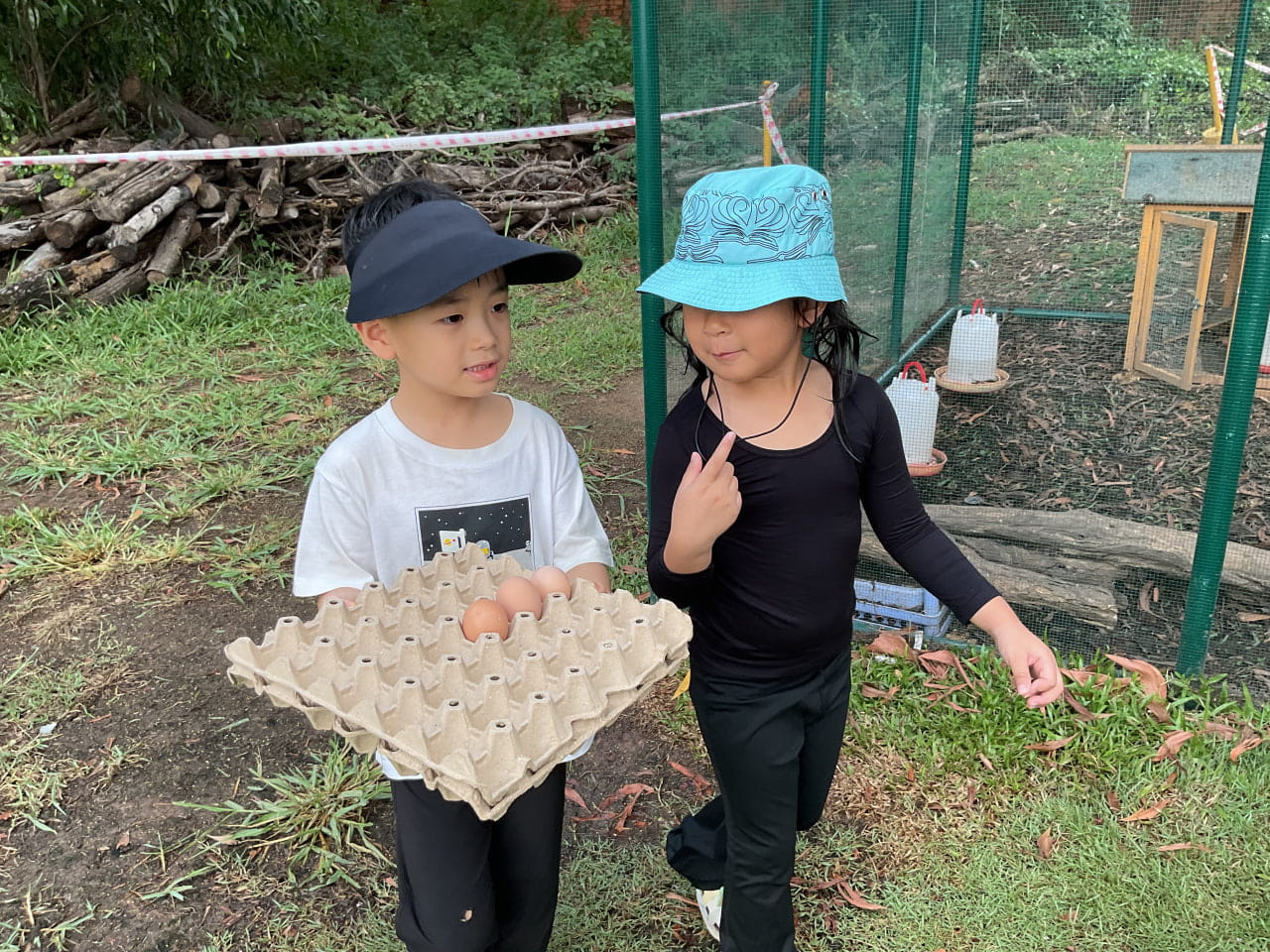Why the NAE collaboration with MIT is one of the best things about learning at Northbridge There are many special and unique aspects of learning at a Nord Anglia school like Northbridge International School Cambodia, but one of the most exciting things to me is our collaboration with The Massachusetts Institute of Technology (MIT).
There are many special and unique aspects of learning at a Nord Anglia school like Northbridge International School Cambodia, but one of the most exciting things to me is our collaboration with The Massachusetts Institute of Technology (MIT).

This partnership means that the children who learn at Northbridge have the opportunity to collaborate, learn from and complete STEAM challenges set by the experts at MIT. Grade 2 Yellow have been working on one of these challenges during the past few weeks as part of their Unit of Inquiry on How the World Works.
The Into the Void challenge was set by Dr. Ariel Ekblaw, who researches into the ways that humans could potentially live in space. She asked the children to design an object which would improve human's life in space focused on exercise, art or food. The children in Grade 2 Yellow chose to focus on exercise.
We started by researching exercise equipment that we use here on earth and then used our understanding of gravity to work out whether these machines could work in space, or if we could adapt them to.
We then began to create. The first step was to make a mini model or prototype which we could test easily before making a final piece. We learnt that an important part of the design process is to test prototypes to find out whether they work and how we can make improvements to make them work more efficiently. It was wonderful to see how the children approached this with an open mind and understood that if their model did not work the first time, this was an opportunity to problem solve and find a way to fix it.
After testing, we worked with Mr. Jack in the Makerspace to build life size, working models of our ideas. We then took our models out to the pool so we could test them in the closet environment we have to the zero gravity in space. Ms. Laurie and Mr. Jack helped our brave astronauts test the equipment!
We had so much fun completing this challenge but it also gave us the opportunity to apply the knowledge we learned during our unit. Our collaboration with MIT gives us opportunities to think about our learning in real life contexts and develop our understanding of STEAM and problem solving.








